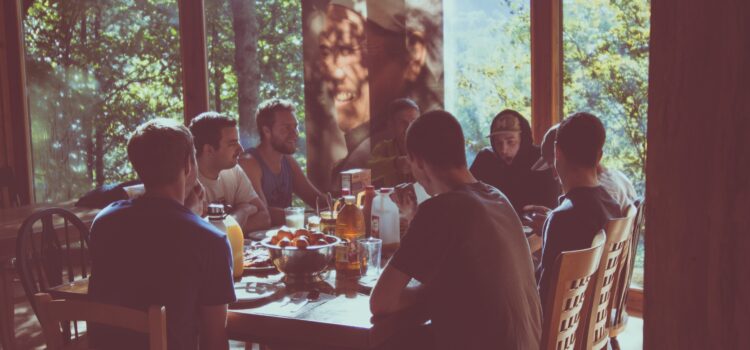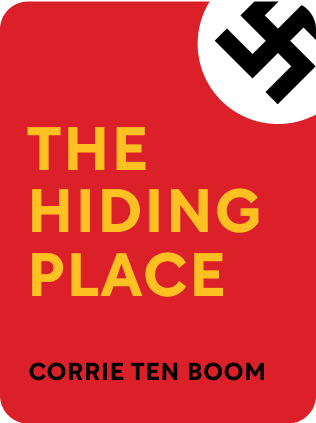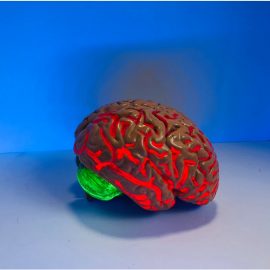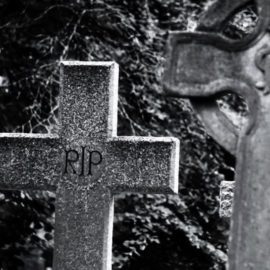

This article is an excerpt from the Shortform summary of "The Hiding Place" by Corrie ten Boom. Shortform has the world's best summaries of books you should be reading.
Like this article? Sign up for a free trial here .
How many people were in the ten Boom family in Haarlem? Who were Corrie ten Boom’s siblings? Who were Corrie ten Boom’s parents?
The ten Boom family is a large extended family that included Corrie ten Boom’s parents, siblings, and aunts. Much of the ten Boom family, especially Corrie ten Boom’s siblings, were involved in the Dutch Resistance.
Read more about the brave acts of the ten Boom family and how their faith inspired them to act.
Members of the Ten Boom Family
The ten Boom family—father Casper, son Willem, and daughters Betsie, Nollie, and Corrie—were pillars of their community, widely respected and admired by their neighbors and friends. As long as Corrie could remember, her father and her late mother had taken in children without homes, believing that it was their Christian duty to extend their bounty to those less fortunate.
Corrie ten Boom’s Parents
Corrie’s mother, Cornelia, was a woman thoroughly dedicated to Christian charity. In the late 19th and early 20th centuries in Haarlem, when young Corrie was coming of age, the city was home to many poor and indigent people, including children. Mama took Corrie and her sister Nollie with her on her many visits to the city’s poorest slums to deliver alms to the needy.
On one of these alms-giving expeditions, Corrie and Nollie went with their mother to a house where a baby had died the night before. To Corrie’s shock, the baby still lay in a crib, dead of malnutrition. Corrie and Nollie even reached out to touch the deceased child, feeling the cold skin against their hands. Casper later explained to Corrie that death was in God’s hands, and only He could judge when one’s time on Earth has ended. Her father said that when death came for her, God would give her the strength she needed.
The family’s devout faith was a constant throughout her childhood, as her father, Casper, and her mother, Cornelia (after whom Corrie was named) held regular Bible study sessions and taught their children to live according to Christian principles.
In 1918, Cornelia ten Boom, Corrie’s mother, suffered a cerebral hemorrhage that put her into a coma. She lay unconscious for two months before she finally came out of it. She managed to survive, but she was a shadow of her former self. She was physically disabled and limited in her movements. Worse, she almost entirely lost her powers of speech. One of the few words she retained, however, was “Corrie.” This was how she now referred to all people. But Mama’s condition taught Corrie about how truly strong love was. Although her mother could hardly move or speak, Corrie knew that Mama loved her family and her community. Love could not be bottled up or stifled, no matter the circumstances.
Corrie ten Boom’s Siblings
Corrie had three siblings. Her brother, Willem, was named after her paternal grandfather. He was a minister at a church in a nearby town. Her sisters were Nollie and Betsie. Nollie was the only one of the ten Boom family daughters to get married. Betsie and Corrie were spinsters together and remained close until Betsie’s death at Ravensbruck.
The Extended Ten Boom Family
The ten Boom family at the Beje extended beyond Corrie ten Boom’s siblings and parents. During her childhood, Corrie’s maternal aunts (“Tante” in Dutch), Bep, Jans, and Anna came to live at the Beje. They were elderly and widowed, and in poor health. Corrie formed a special bond with Tante Jans.
By May 1942, the Holocaust was in full swing, with Jews being deported en masse from German-occupied countries to labor and extermination camps in Eastern Europe. Although the full extent of what was happening to the deported Jews was not yet known by the ten Boom family, they knew that their Jewish neighbors were in grave danger.
As the war progressed, the Beje increasingly became a refuge for Jews looking to hide from Nazi persecution. Every night seemed to bring a new knock to the door, and a new person looking for refuge. Smit installed a false brick wall in Corrie’s room, behind which was to be the secret room where Jews would be able to hide.
As time went on, the six Jews became a true part of the ten Boom family. They ate, laughed, sang, and prayed together, retaining their humanity in the face of nearly unimaginable fear. The cohesion of the group and their overwhelming regard for one another showed when Mary was first brought to the house. It was obvious that sheltering her posed a serious risk to everyone. The issue of whether or not to admit her at the Beje was put to a vote—and, on a unanimous, 9-0 vote, they chose to let her stay.

———End of Preview———
Like what you just read? Read the rest of the world's best summary of Corrie ten Boom's "The Hiding Place" at Shortform .
Here's what you'll find in our full The Hiding Place summary :
- Why devout Christian Corrie ten Boom decided to stand up to the Nazi occupation
- How ten Boom and the Jewish neighbors she was hiding were caught
- How ten Boom survived the concentration camp and left with even stronger faith






